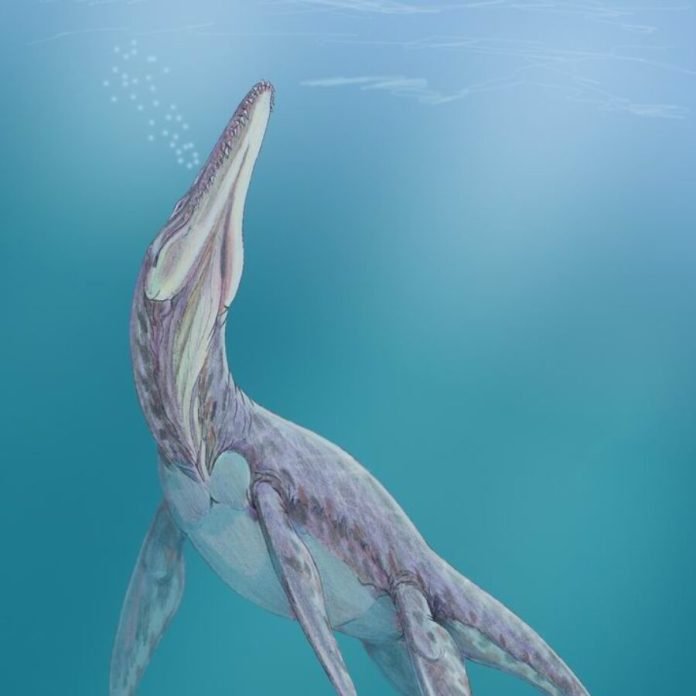
Scientists at The University of Texas at Austin have made an exciting breakthrough in Texas’ fossil record.
They have uncovered the first-known Jurassic vertebrate fossils in the state, shedding light on life that existed 150 million years ago.
These remarkable fossils belong to a plesiosaur, an extinct marine reptile that once inhabited the shallow seas covering what is now northeastern Mexico and far western Texas.
Let’s delve into this fascinating discovery and learn more about the ancient reptiles that once roamed our region.
During fossil hunting missions in the Malone Mountains of West Texas, bone fragments from the limbs and backbone of a plesiosaur were discovered.
Led by Steve May, a research associate at UT Austin’s Jackson School of Geosciences Museum of Earth History, the team found evidence of these ancient creatures that swam the oceans during the Jurassic period.
Prior to this discovery, only fossils of marine invertebrates like ammonites and snails had been found and described in Texas from the Jurassic era.
The newly found plesiosaur fossils provide solid evidence that vertebrate fossils from the Jurassic era exist in Texas. According to May, these findings signify the presence of Jurassic vertebrates and open up avenues for understanding the region’s history during that time.
The Jurassic period was a captivating era when colossal dinosaurs ruled the Earth.
We have knowledge of these ancient creatures and other life from the Jurassic solely because of the fossils they left behind. To find fossils from the Jurassic period, it is crucial to locate rocks that date back to that time.
Unfortunately, due to Texas’ geological history, there are very few outcrops of Jurassic rocks in the state. However, the 13 square miles of Jurassic-aged rocks in the Malone Mountains represent a significant portion of the state’s Jurassic rocks.
In 2015, Steve May, driven by his determination to find Jurassic bones in Texas, ventured to the Malone Mountains. A hint in a 1938 paper mentioning large bone fragments sparked their interest.
Upon arrival, the team discovered eroded and fragmented plesiosaur fossils. Although the bones were damaged, this discovery marks the beginning of further scientific exploration.
Co-author Louis Jacobs, a professor emeritus at Southern Methodist University, predicts that geologists will continue to search the area, uncovering more bones and exploring their scientific significance.
Today, the Malone Mountains stand tall in the desert landscape of West Texas. However, during the Jurassic period, these sediments were deposited just below sea level, likely near the shoreline.
The discovery of plesiosaur fossils in this region offers valuable insights into the ancient marine ecosystem that once thrived in these waters.
The recent uncovering of plesiosaur fossils in the Malone Mountains of West Texas marks a significant breakthrough in Texas’ fossil record.
These Jurassic vertebrate fossils provide valuable clues about the ancient marine reptiles that inhabited the region around 150 million years ago. As scientists continue their exploration and search for more bones, we are set to uncover further secrets about the past, bringing us closer to understanding the rich history of life on Earth during the Jurassic period.
Follow us on Twitter for more articles about this topic.



